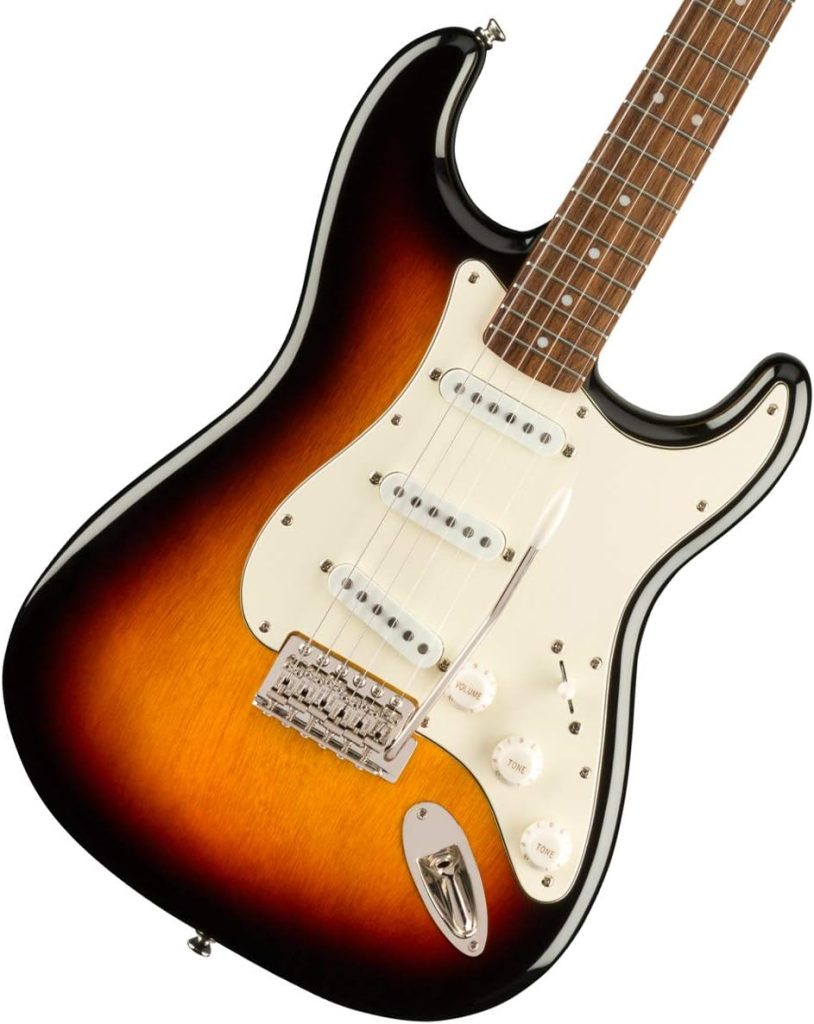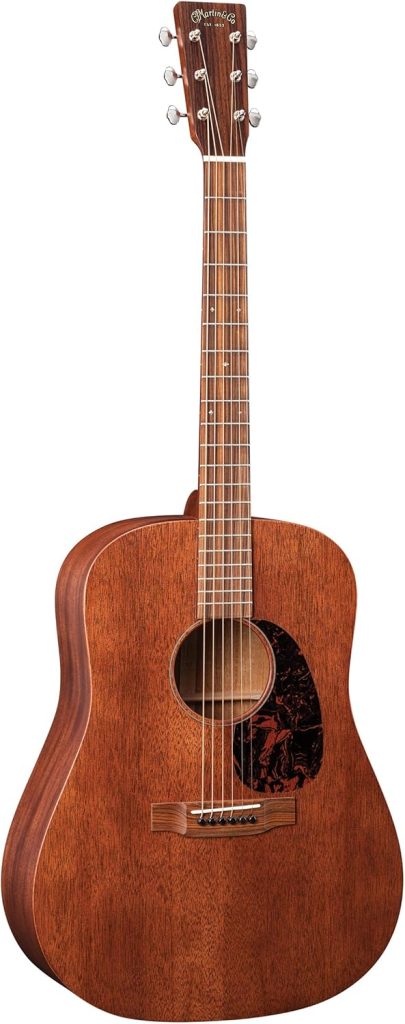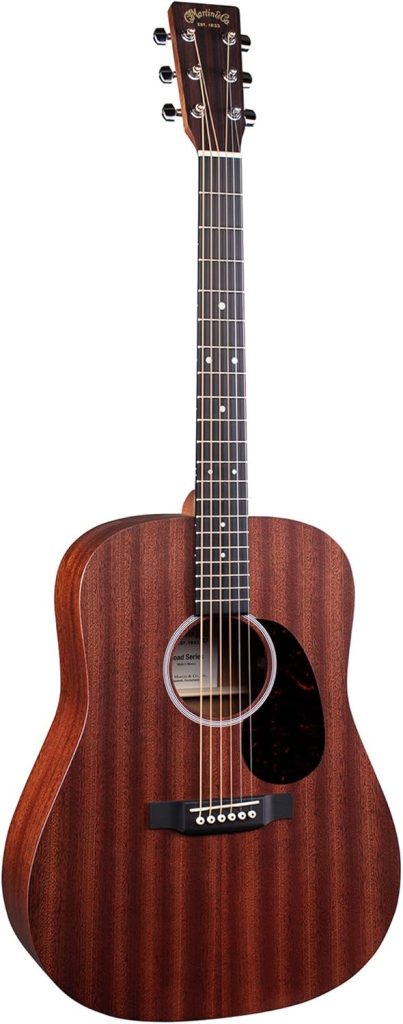Fender Vintera II ’50s Jazzmaster Sonic Blue Guitar Review

Discover the harmony of past and present with the Fender Vintera II ’50s Jazzmaster in Sonic Blue. A guitar that strums nostalgia with modern flair.
Zager ZAD50ce Guitar Review

Experience the Zager ZAD50ce Guitar: A stunning blend of tradition and innovation, offering exceptional sound and playability. Discover why it’s a must-have for serious musicians.
Epiphone ES 339 Semi Hollowbody Review

Meta Description: Discover the charm of the Epiphone ES339 Semi Hollowbody, Vintage Sunburst. A perfect mix of vintage design & modern tech, ideal for musicians of all levels.
Zager Easy Play ZAD20 Series Guitar Review

Unlock music’s magic with the Zager Easy Play ZAD20 Guitar. Effortless playability, rich sound, and stunning design for beginners and pros alike. Don’t miss this gem!
Squier Classic Vibe ’60s Stratocaster Review

Discover the charm and reliability of the Squier Classic Vibe ’60s Stratocaster in this review. A perfect blend of vintage aesthetics, superior sound, and modern durability.
Yamaha BB435 Bass Guitar Review

Discover the intricate details of the Yamaha BB435 5-string bass guitar in our review. Explore why this Tobacco Brown Sunburst beauty could be your next standout instrument.
Martin D-15M Guitar Review

Discover the magic of the Martin D-15M Guitar! Vintage charm meets modern tech for a timeless sound. Ideal for musicians seeking rich tones and unparalleled playability.
Martin D-10E Road Series Review

Uncover the charm of the Martin D-10E Road Series guitar! Our review dives into its craftsmanship, sound quality, and reliability, perfect for the discerning musician.
Taylor 210ce Dreadnought Review

Discover the Taylor 210ce Dreadnought Acoustic-electric Guitar—a masterful blend of traditional acoustic charm and modern electric versatility. Perfect for every musician!
Taylor Baby BT1 Review

Discover the Taylor Baby BT1 Review: a compact, high-quality acoustic guitar with superior sound and craftsmanship, perfect for on-the-go musicians. Read more now!
